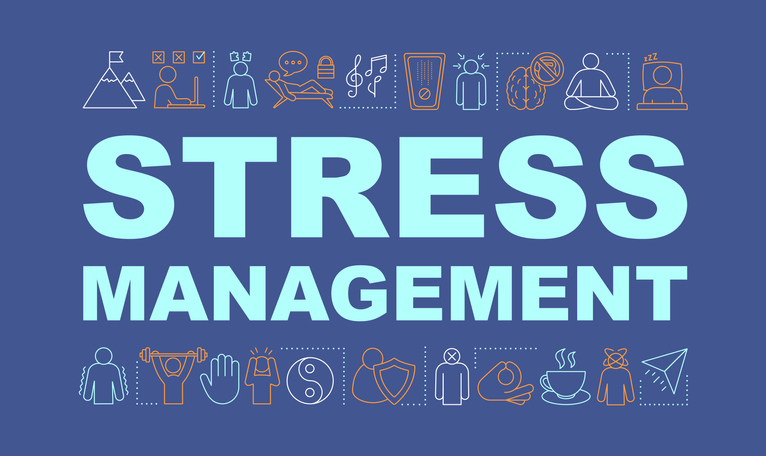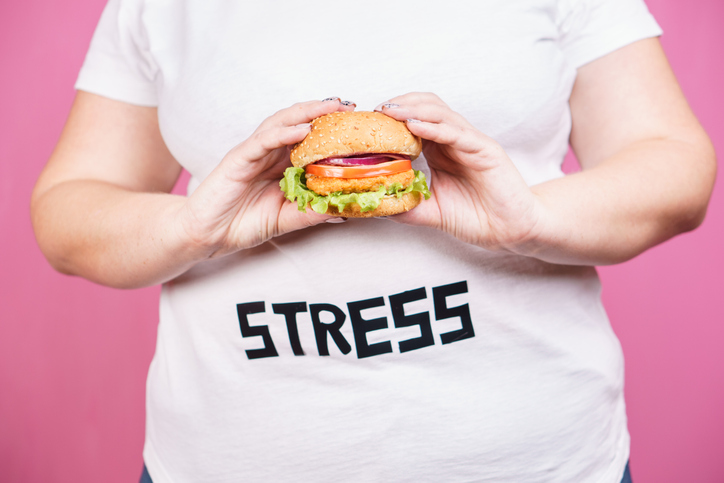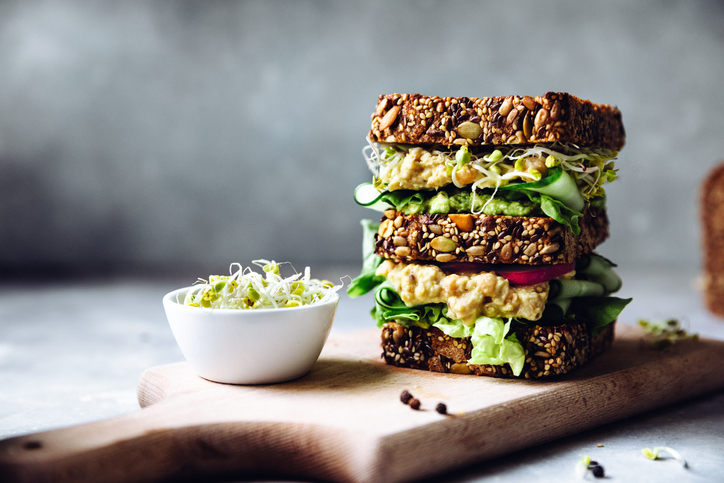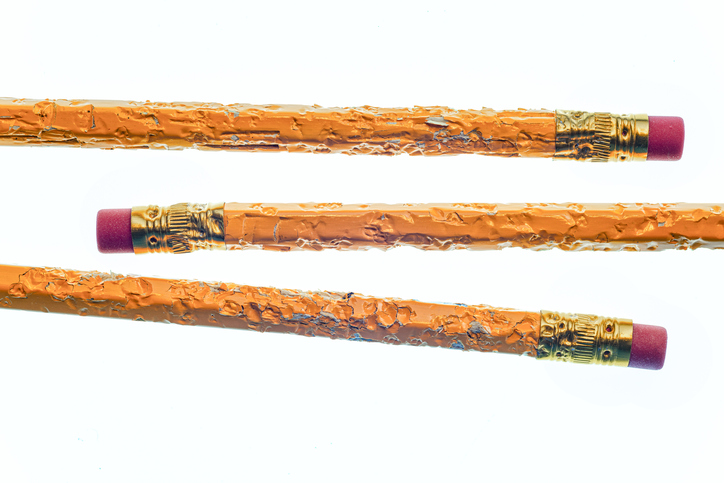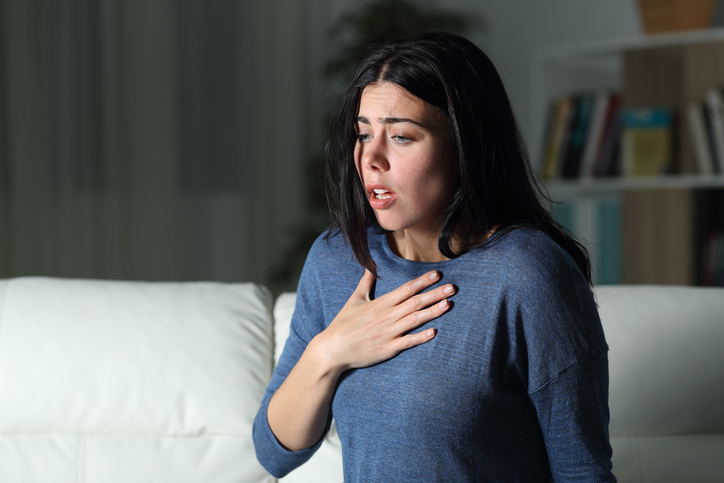Wellness
Relaxation Techniques for Stress Management
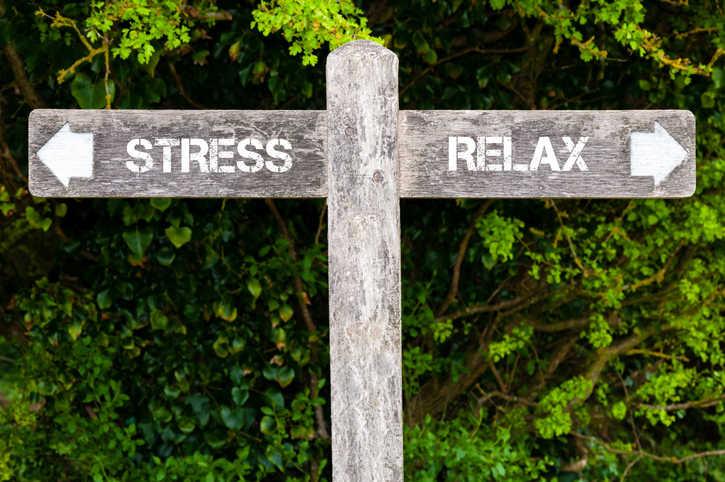
Relaxation techniques are an important part of stress management and overall health. Using relaxation techniques can elicit the “relaxation response,” which slows the heart and respiration rate, lowers blood pressure, and relaxes muscles. Relaxation techniques can also decrease stress hormones, reduce chronic pain, and improve sleep quality.
Relaxation techniques for stress management include the following:
Deep breathing
Deep breathing is a powerful relaxation technique. Sit or lie still and place one hand on the stomach. Place the other hand over the heart. Inhale, hold the breath for a moment, and then slowly exhale. Focus on the process of breathing rather than distracting thoughts and sensations. Check out this video on breathing techniques for a visual guide.
Guided imagery
Guided imagery is a type of meditation that involves thinking about soothing places or experiences. Try to incorporate as many senses as possible while using guided imagery. For example, if thinking about a garden, imagine the smell of the flowers, the sound of the birds chirping, and the feeling of the warm sun on the skin. If needed, certain websites and apps offer calming images and sounds.
Progressive muscle relaxation
Progressive muscle relaxation involves slowly tensing and relaxing each muscle group. Start by tensing the muscles in the toes for five seconds, then relax for 30 seconds. Repeat with a new muscle group each time, moving up the body from the toes to the neck and head.
Mindfulness meditation
Mindfulness meditation focuses on the present moment. Sit comfortably, breathe deeply, and focus on the present moment rather than the past or future. Allow any distracting thoughts to calmly pass.
Yoga, tai chi, or qigong
Yoga, tai chi, and qigong are gentle forms of exercise that combine breathing techniques with postures, stretches, and movements. Chair yoga is an option if traditional yoga is not possible.
Body scan
Body scan meditation involves recognizing and releasing tension in the body. Sit or lie still and notice any areas of the body that are holding tension. Focus on deep breathing and releasing the tension. Then, move on to another area of the body. Check out PainScale’s version here: https://www.painscale.com/article/meditation-body-scan.
It is worth trying several relaxation techniques to see which technique is most beneficial. Relaxation techniques should be consistently practiced for at least 20 minutes per day for optimal results.
